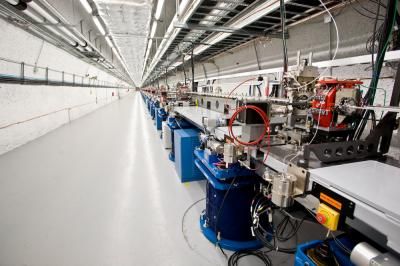Jülich Neutron Scientists Inaugurate Unique Device in the USA
European researchers obtain access to world’s strongest neutron source
A unique large-scale research device from Jülich went into operation in the USA. At the strongest neutron source in the world, the spallation source SNS in Oak Ridge, Tennessee, Forschungszentrum Jülich inaugurated a so-called neutron spin echo (NSE) spectrometer. The NSE spectrometer enables detailed observations to be made of the motion of proteins and polymers. It will thus help to develop improved plastics or to understand metabolic processes in cells.
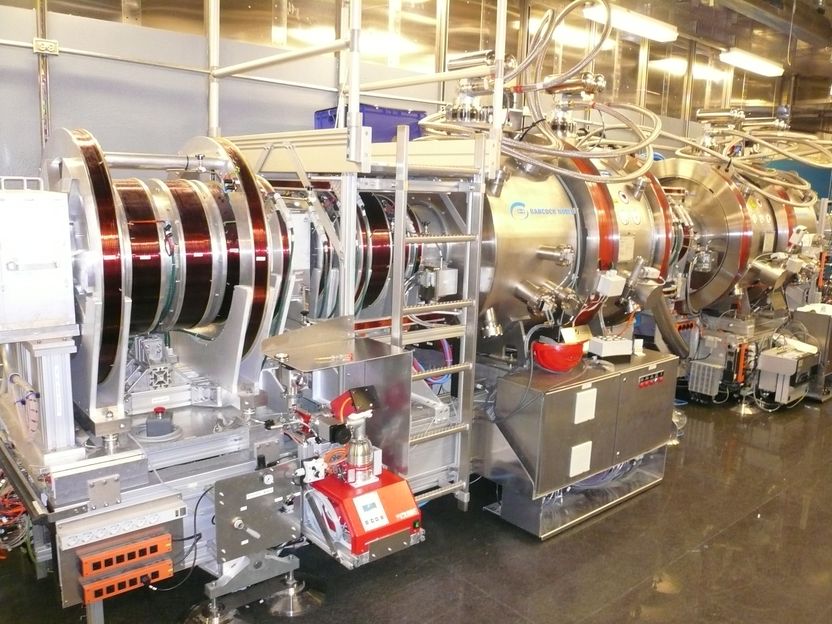
With the Jülich neutron spin echo spectrometer it is possible to measure minimal velocity changes of neutrons hitting the sample.
Oak Ridge National Laboratory
"Neutron scattering gives us unique insights into matter and is absolutely indispensable as a scientific method both for basic and also application-oriented research in materials science, medicine and biology," said Prof. Sebastian M. Schmidt, member of the Board of Directors of Forschungszentrum Jülich. "With our branch office at the SNS we are making the world’s strongest pulsed spallation source accessible to German and European scientists."
Neutrons are the electrically neutral building blocks of atomic nuclei. They are generated in research reactors or spallation sources and in special devices, so-called "diffractometers" and "spectrometers", neutrons are guided onto the samples to be investigated. These neutron beams "bounce off" the atoms and molecules of the samples and in doing so they may change their direction and speed. The nature of this "scattering" provides information about the arrangement and motion of the atoms in the sample, which cannot be visualized by complementary methods such as X-rays or electron microscopes. Jülich scientists use neutrons to investigate, for example, magnetic materials for information technology or so-called soft matter, which includes industrially important plastics as well as proteins of interest to medicine.
"This is the first time that an instrument of this type has been constructed at a neutron source such as SNS. The Jülich neutron spin echo spectrometer has the highest resolution in the world. We have developed innovative technologies especially for this purpose, such as superconducting coils with extremely homogeneous magnetic fields," said Prof. Dieter Richter from Forschungszentrum Jülich. Forschungszentrum Jülich is focusing its expertise in neutron research at the Jülich Centre for Neutron Science (JCNS) and maintains branch offices at Germany's strongest neutron source, FRM II, at Garching near Munich, as well as at the very high flux reactor in Grenoble, France, and now at the world’s strongest neutron source, SNS at Oak Ridge, USA. Richter continued: "With the NSE spectrometer at SNS we will be able to observe the slow movements inside proteins that determine their function. Furthermore, we will be able to investigate the molecular redistributions in polymers which define their mechanical properties and their processibility."
Funding for the device costing roughly € 15 million – designed and constructed by Jülich scientists – was provided by the German Federal Ministry of Education and Research and the Ministry of Innovation, Science, Research and Technology of the federal state of North Rhine-Westphalia.
Topics
Organizations
Other news from the department science
These products might interest you
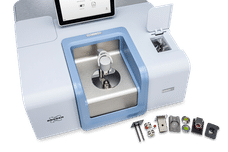
INVENIO by Bruker
FT-IR spectrometer of the future: INVENIO
Freely upgradeable and configurable FT-IR spectrometer

ZEEnit by Analytik Jena
Zeeman Technology for Maximum Sensitivity – Matching any Analytical Problem
Transverse-heated graphite furnace for optimum atomization conditions and high sample throughput
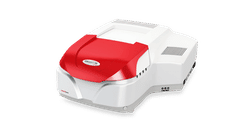
SPECORD PLUS by Analytik Jena
SPECORD PLUS Series - Maximum precision in UV/Vis
The modern classic guarantees the highest quality

contrAA 800 by Analytik Jena
contrAA 800 Series – Atomic Absorption. Redefined
The best of classical atomic absorption and ICP-OES spectrometry are combined in the contrAA 800
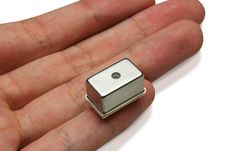
Microspectrometer by Hamamatsu Photonics
Ultra-compact microspectrometer for versatile applications
Precise Raman, UV/VIS and NIR measurements in portable devices
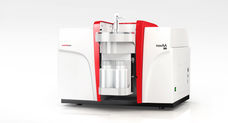
novAA® 800 by Analytik Jena
The Analyzer 4 You - novAA 800-Series
The reliable all-rounder, making routine analysis efficient and cost-effective

PlasmaQuant MS Elite by Analytik Jena
LC-ICP-MS Is the Key to the World of Elemental Species
Highest Sensitivity and Lowest Detection Limits with PlasmaQuant MS Series and PQ LC
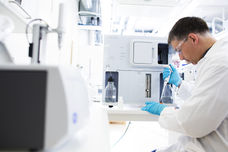
Biacore catalogue by Cytiva
Get started with Surface Plasmon Resonance interaction analysis - which system is right for you?
Discover simpler and faster Surface Plasmon Resonance (SPR) with Biacore systems
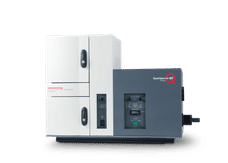
Quantaurus-QY by Hamamatsu Photonics
High-speed UV/NIR photoluminescence spectrometer
Precise quantum yield measurements in milliseconds without reference standards
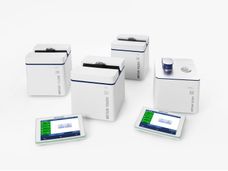
FastTrack™ by Mettler-Toledo
FastTrack UV/VIS Spectroscopy - Speed Up Your Measurements
Fast, reliable & efficient measurements with traceable accuracy in a small footprint

Get the analytics and lab tech industry in your inbox
By submitting this form you agree that LUMITOS AG will send you the newsletter(s) selected above by email. Your data will not be passed on to third parties. Your data will be stored and processed in accordance with our data protection regulations. LUMITOS may contact you by email for the purpose of advertising or market and opinion surveys. You can revoke your consent at any time without giving reasons to LUMITOS AG, Ernst-Augustin-Str. 2, 12489 Berlin, Germany or by e-mail at revoke@lumitos.com with effect for the future. In addition, each email contains a link to unsubscribe from the corresponding newsletter.
